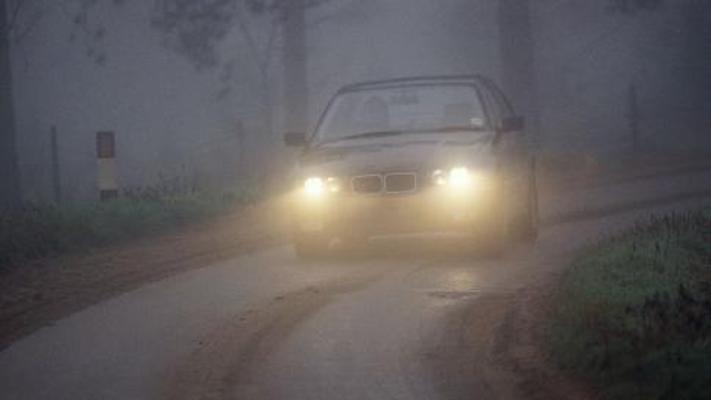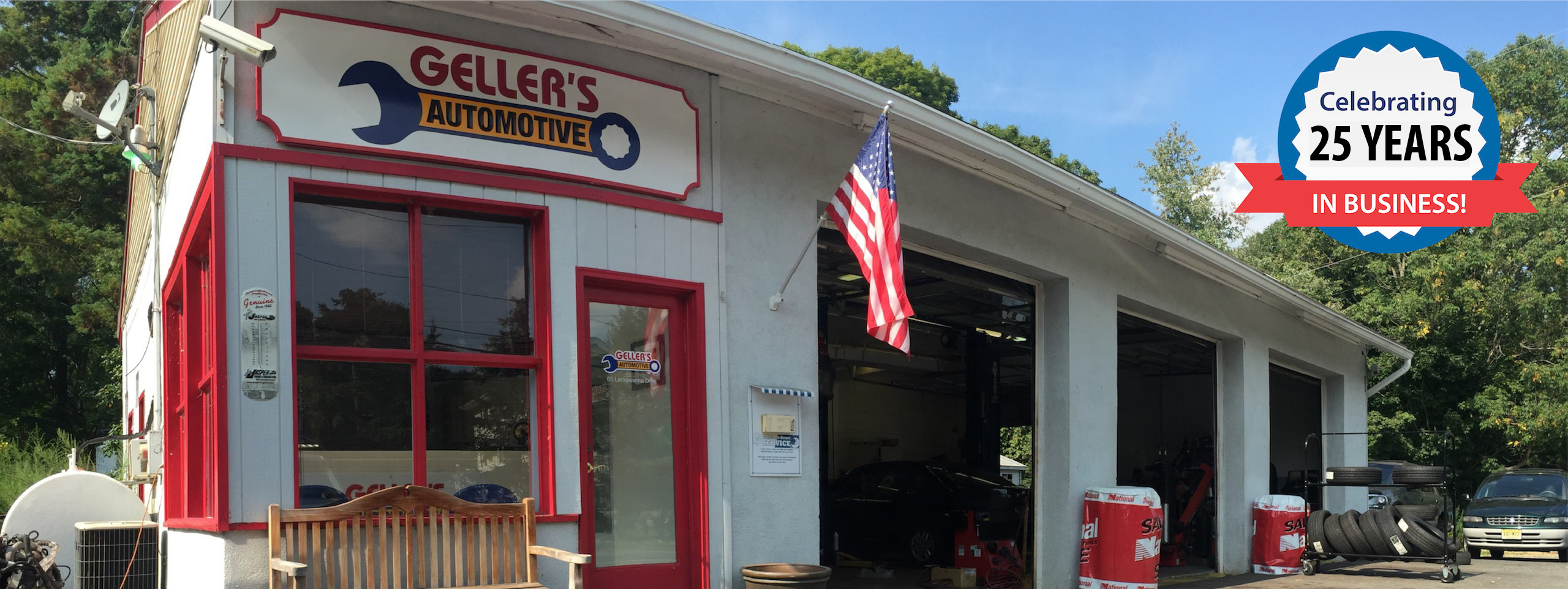
Have you ever been driving down a dark country road at night and the car coming toward you in the other direction has only one functioning headlight? This situation can usually put us on high alert. Or even worse, have you ever felt concerned when you were driving in fog combined with darkness?
With the start of Daylight Savings Time and winter around the corner, we can expect the daylight to grow shorter and increased bad weather to reduce our driving visibility. Visibility is of utmost importance for driving safety. By proactively following the tips below and making visibility a priority, you can make winter driving an overall safer experience.
- Check all of your vehicle lights: Headlights can sometimes burn out without any warning; we may not even know a headlight is out until we see an approaching car that is signaling us with their bright lights. The same goes for our brake and directional lights. The easiest way to ensure that all of your lights are functioning properly, is to do a visual light check. It’s helpful to ask a friend or family member to help you out. Turn on the headlights, bright lights, fog lights, and directional lights (blinkers) and get confirmation that all of them are functioning. While in PARK, press down on the brake pedal and make sure that your brake lights light up. Finally, put the vehicle in reverse and have someone safely observe that your reverse lights (the white lights inside your rear brake lights) are working. At a minimum, check your lights once a month.
- Keep your headlamps clean: As your vehicle ages, the headlamps may become dull, yellowed, smudged, or dirty. It’s easy to keep the outside of your headlamps clean with some glass cleaner and a little elbow grease. However, since headlamps are sealed to prevent water intrusion, you cannot clean any smudges or discoloration on the inside of the lamps. If you notice any issues inside your headlamps, check with a professional to find out what they can do to address the problem.
- Replace windshield wipers twice a year: There’s nothing worse than cracked and worn windshield wipers that cannot adequately remove the rain or snow from our windshield when we need it the most. Since the primary component of windshield wipers is rubber, temperatures and frequent use can easily wear them down. Make a habit of having your wipers checked when you bring your vehicle in for an oil change. You may even consider keeping a spare set of windshield wipers in the trunk of your vehicle. While it may seem simple, replacing a wiper requires a little bit of patience. Learn how to replace easily replace them so that when you’re in a pinch, you can get it done.
- Maintain your windshield: If you are using your windshield wipers often, make sure to maintain your wiper fluid. During winter months, it is advisable to keep a clean rag, glass cleaner, and a bottle of windshield wiper fluid. You will never be caught with a dirty windshield that cannot be addressed right away. Additionally, always have any visible chips or cracks repaired. Small cracks in windshields can lead to bigger issues, especially in extreme temperatures. Let a professional examine your windshield damage to determine if it can be repaired or needs to be replaced. Do not forget to check with your auto insurance to find out if there is any coverage for your windshield repairs/replacement.
At Geller’s Automotive in Byram, New Jersey, we can help you with any of your vehicle visibility issues. Contact us today for an appointment.



